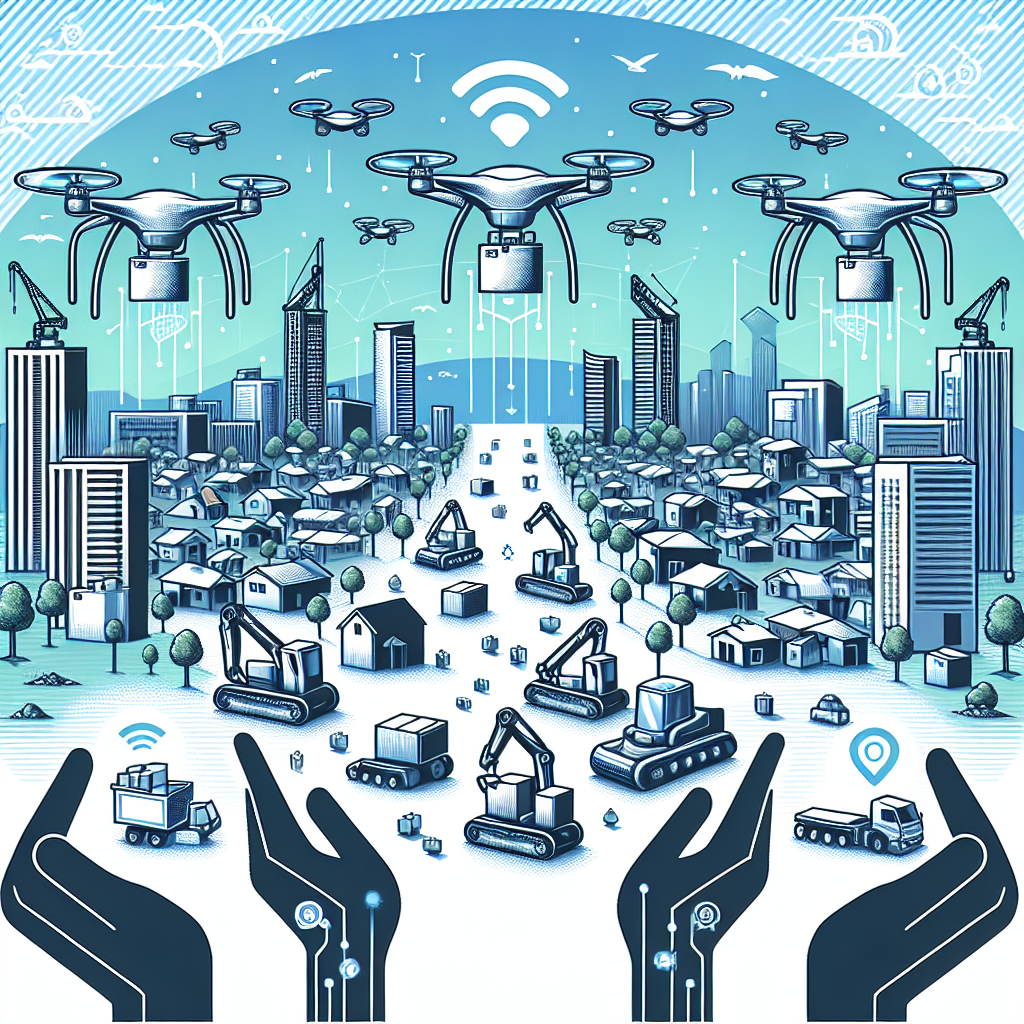The Future of Giving: AI-driven Strategies for Disaster Relief and Recovery
Introduction
Disasters, whether natural or man-made, have a devastating impact on communities around the world. From hurricanes and earthquakes to pandemics and conflicts, these events can leave people homeless, injured, and in need of urgent assistance. In the face of such crises, humanitarian organizations and governments often step in to provide relief and support to those affected. However, with the increasing frequency and severity of disasters, traditional methods of disaster response and recovery are no longer sufficient.
In recent years, there has been a growing interest in leveraging artificial intelligence (AI) to improve disaster relief efforts. AI has the potential to revolutionize the way organizations respond to disasters, by enabling them to collect and analyze data more efficiently, identify areas of need, and deliver aid more effectively. In this article, we will explore the role of AI in disaster relief and recovery, and how it can help shape the future of giving.
The Role of AI in Disaster Relief
AI has the potential to transform the way humanitarian organizations respond to disasters, by enabling them to make faster, more informed decisions based on real-time data. One of the key advantages of AI is its ability to process and analyze vast amounts of data at a speed and scale that would be impossible for humans to achieve. This can be particularly useful in the immediate aftermath of a disaster, when time is of the essence and quick decisions need to be made.
For example, AI can be used to analyze satellite imagery to assess the extent of damage caused by a natural disaster, such as a hurricane or earthquake. By using AI algorithms to identify areas that have been most severely affected, organizations can prioritize their response efforts and allocate resources more effectively. AI can also be used to analyze social media data to identify areas where people are in need of assistance, and to track the spread of diseases during a pandemic.
In addition to data analysis, AI can also be used to improve communication and coordination among relief organizations and government agencies. By using AI-powered chatbots and virtual assistants, organizations can streamline their communication processes and ensure that information is shared quickly and accurately. This can help to avoid duplication of efforts and ensure that resources are deployed where they are most needed.
AI can also be used to improve the efficiency of fundraising efforts for disaster relief. By using AI algorithms to analyze donor data and predict giving patterns, organizations can tailor their fundraising campaigns to target the right audiences and maximize donations. This can help to ensure that organizations have the resources they need to respond to disasters quickly and effectively.
Challenges and Opportunities
While AI has the potential to revolutionize disaster relief efforts, there are also challenges that need to be overcome in order to fully realize its benefits. One of the main challenges is the need for organizations to have access to high-quality data in order to train AI algorithms. Without accurate and reliable data, AI systems may produce inaccurate or biased results, which could have serious consequences for disaster response efforts.
Another challenge is the need to ensure that AI systems are transparent and accountable. As AI becomes more integrated into disaster relief efforts, there is a risk that decisions may be made without human oversight, leading to potential ethical issues. Organizations will need to establish clear guidelines and protocols for the use of AI in disaster relief, and ensure that decisions made by AI systems are subject to human review.
Despite these challenges, there are also opportunities for AI to enhance disaster relief efforts in the future. For example, AI-powered drones and robots can be used to deliver aid to remote or inaccessible areas, where traditional methods of delivery may be impractical. AI can also be used to predict and prevent disasters before they occur, by analyzing data and identifying patterns that may indicate an impending crisis.
FAQs
Q: How can AI be used to improve communication and coordination among relief organizations during a disaster?
A: AI-powered chatbots and virtual assistants can be used to streamline communication processes and ensure that information is shared quickly and accurately among relief organizations and government agencies.
Q: What are some of the challenges of using AI in disaster relief efforts?
A: One of the main challenges is the need for organizations to have access to high-quality data in order to train AI algorithms. Another challenge is the need to ensure that AI systems are transparent and accountable, to avoid potential ethical issues.
Q: How can AI be used to predict and prevent disasters before they occur?
A: AI algorithms can be used to analyze data and identify patterns that may indicate an impending crisis, allowing organizations to take proactive measures to prevent disasters from occurring.
In conclusion, AI has the potential to revolutionize the way organizations respond to disasters, by enabling them to collect and analyze data more efficiently, identify areas of need, and deliver aid more effectively. While there are challenges that need to be overcome, there are also opportunities for AI to enhance disaster relief efforts in the future. By leveraging the power of AI, humanitarian organizations and governments can improve their response to disasters and help communities recover more quickly from the devastating impact of these events.

